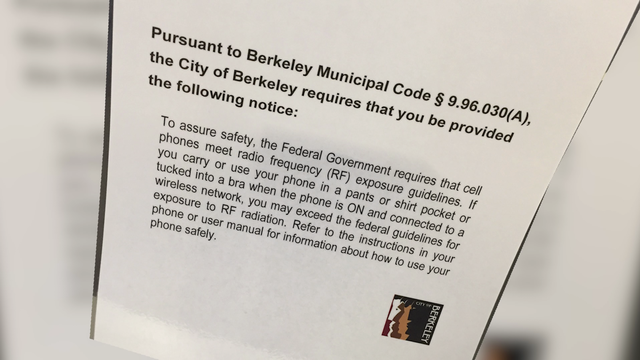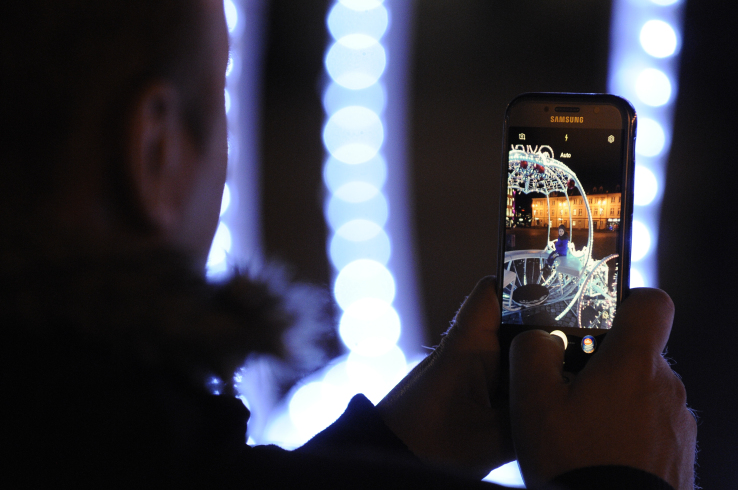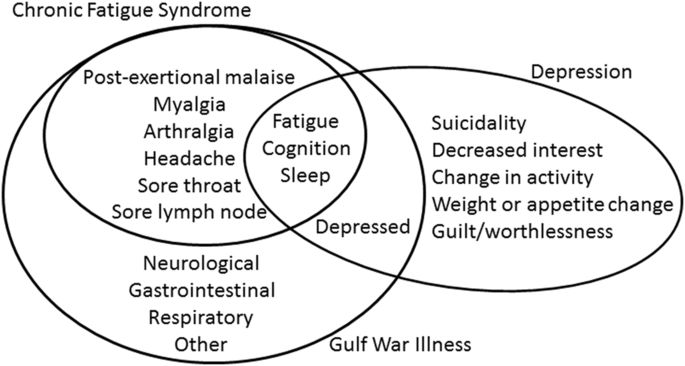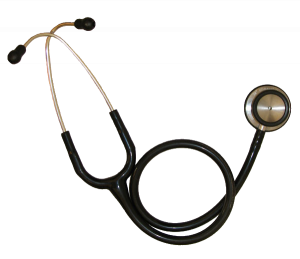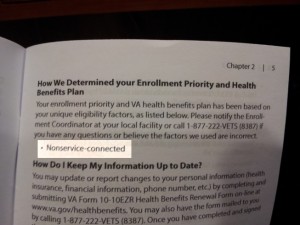If you’re in the market for a cellphone or tablet in the City of Berkeley, you will probably notice a sign displayed near the register of a cellphone retailer, or on store shelves.It’s a flier alerting customers of possible radiation exposure from mobile devices.
“Berkeley is the first city in the country to get stores to post warnings. It’s a small step, but it’s an important step,” said Joel Moskowitz, PhD, director of UC Berkeley’s Center for Family and Community Health at the University’s School of Public Health.
In 2009, Moskowitz turned his focus from scientific research on the health effects of tobacco to cellphones after a visiting scholar from the National Cancer Center in South Korea exposed him to scientific literature looking at whether mobile phone use increased the risk of tumors.
“The cellphone manufacturers want you to keep a minimum distance away from your body and you should find out what that distance is,” Moskowitz said. “If you keep the device by your body you will exceed the safety limits provided by the FCC.”
Source: How this sign put Berkeley in the center of the cellphone safety debate
